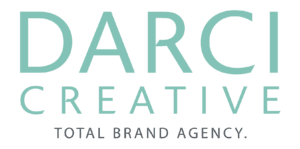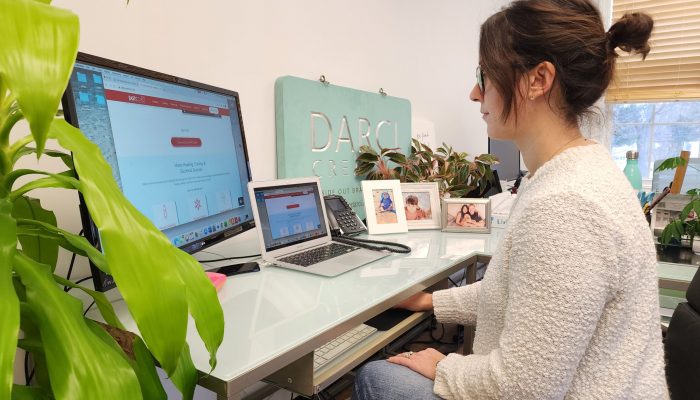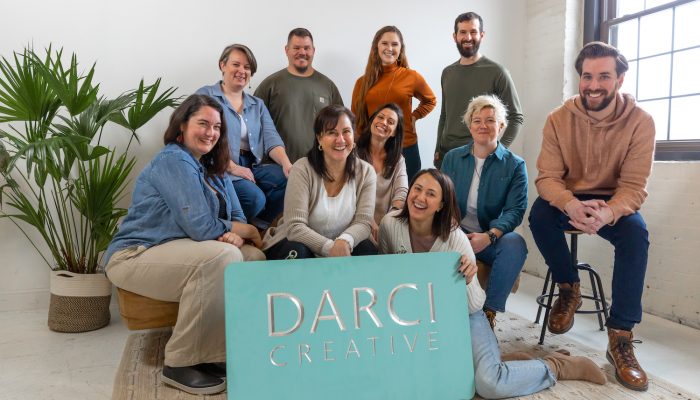Typography has been around for many years (we’re talking around 1850 B.C.!) and has played a key role in our communication. By definition, typography is “the style and appearance of printed matter”. Sounds pretty simple, right? Well, when it comes to branding and logo design, it’s more than meets the eye!
Many things go into creating a well, thoughtfully crafted brand. One of the most important things is a company’s logo and positioning line. The way a logo’s fonts, colors and brand mark are juxtaposed can make or break a design. We love finding ways to create cohesiveness throughout logo design. It’s important to think not only about what you find aesthetically pleasing, but what a company’s audience will relate to, as well.
Thinking about typefaces that can complement each other is a large part of choosing the right ones. Beyond the basics, such as line weight, slant, and curvature of letters, you can express the right first impression a brand wants to give off. We also like to think about kerning (spacing between characters), leading (vertical distance between lines of type), scale, and a hierarchy when putting together typography. Do you want a logo to feel unbalanced? Definitely not! Font placement is a key component to typography.
You may have heard of serif font vs. sans serif font when discussing typography. Let’s discuss! A serif font is “a slight projection finishing off a stroke of a letter in certain typefaces”. If you’re still confused, not to worry. Common fonts such as Times New Roman and Baskerville are well known serif fonts, where you can see a little flourish at the ends of each letter. So a sans serif font is just the opposite! It’s any font that doesn’t have a slight projection finishing off a stroke. Common san serif fonts are Helvetica and Arial. So you might be wondering, Why does something so minor matter? We’re here to tell you that the difference a type of font makes really does matter! The style should reflect the brand. For example, a san serif font could say “modern”, “minimal”, or even “edgy” and “technical”. A serif font could be “eloquent”, “vintage”, “sophisticated”, “timeless” and even sometimes “modern” as well! It’s up for interpretation, and depends greatly on the font at hand, but generally that’s a good go-to for a quick reference.
Other font choices include scripts and hand-drawn fonts. These are awesome options and can compliment both san serif and serif fonts well. We love to use script or hand-drawn for particular clients, especially those wanting something a little bit more unique with movement. Script and hand-drawn can be both formal and informal, depending on the stroke and feel. They are our favorites to play around with!
Here are some examples of logos that demonstrate a variance in fonts, carry a cohesive feel, and represent the brand well.





DARCI Creative
Total Brand Agency





